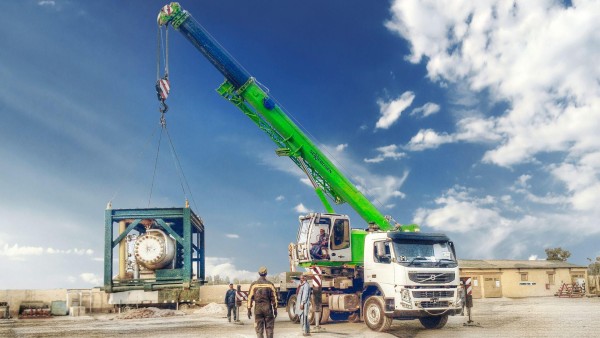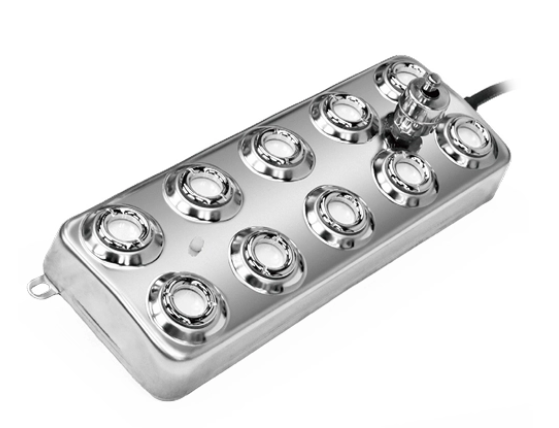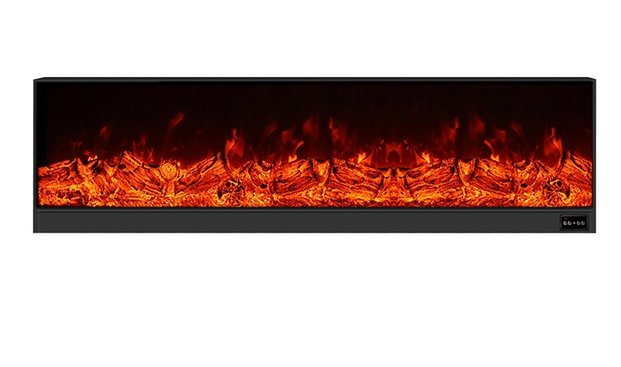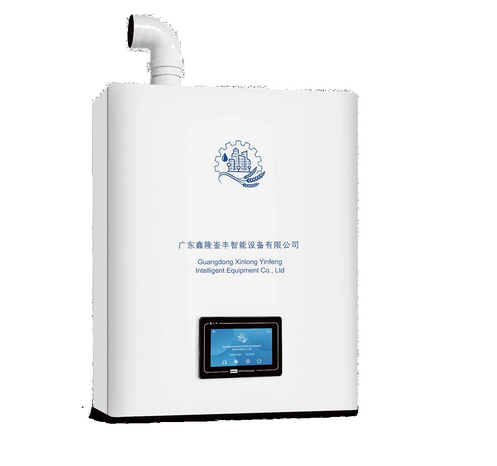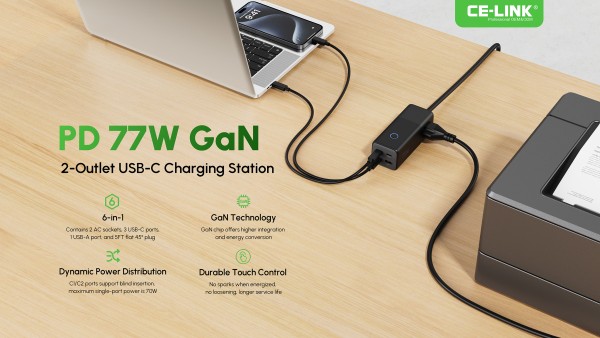India, 13th May 2025 – Radha Cranes, the leading name in crane rental services in Chennai, proudly announces its continued commitment to providing reliable, efficient, and industry-leading crane solutions for a wide array of construction and industrial projects. With an experience spanning over two decades and a legacy built on performance and trust, Radha Cranes continues to drive forward as the most sought-after crane rental company in South India.
Established as a proprietary concern in 1996 and officially registered as Radha Cranes in 2007, the company has grown into a fully operational crane service enterprise with a strong fleet and an expert team. Headquartered in Chennai, Radha Cranes has gained a solid reputation for offering end-to-end crane services to some of the region’s most demanding infrastructure, windmill, rail, and shipyard projects.
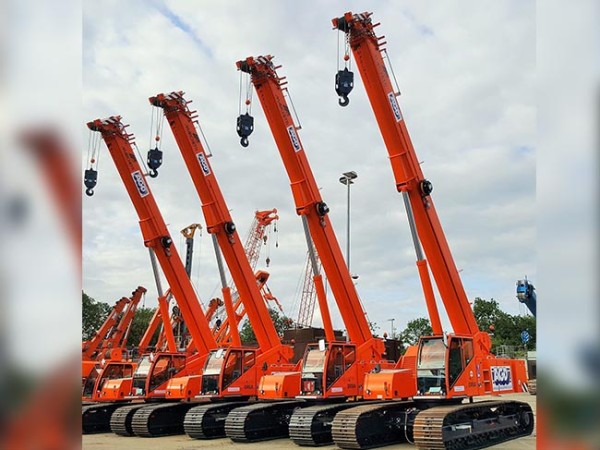
Wide-Ranging Services That Support Major Industries
Radha Cranes offers comprehensive crane rental services that address the varied needs of clients across sectors. Their service offerings include:
- Crane Rentals for Infrastructure and Construction Projects
- Support for Windmill Erection
- Shipbuilding and Marine Crane Services
- Rail Cranes with Super Lift Functions
- Telescopic and Lattice Boom Cranes
- Compact and All-Terrain Cranes
- Rigging, Loading, and Equipment Handling
- Factory-to-Foundation Heavy Equipment Transportation
- Preferred Supplier Agreements and Annual Contracts
- Crane Outsourcing and Full-Time Crane Operation Contracts
By offering tailored lifting solutions, Radha Cranes ensures that every project receives the appropriate type of crane, configuration, and lifting plan necessary for optimal performance and safety.
The Largest and Most Diverse Crane Fleet in Chennai
Radha Cranes boasts a fleet of over 15 cranes, all imported and equipped to handle a wide range of lifting capacities. Their inventory includes:
- Farana Cranes
- Compact 2-Axle City Cranes
- Telescopic Cranes
- Lattice Boom Cranes
- Crawler Cranes
- Hydra Cranes
- Forklifts
- Rail Cranes with Super Lift
Each crane undergoes routine maintenance and safety checks, ensuring they meet both Indian and international standards. With lifting capacities ranging up to 500 tons, the fleet is capable of handling small, medium, and large-scale lifting operations efficiently.
Flexible Rental Durations and Affordable Pricing
Understanding that each project has unique requirements, Radha Cranes offers highly flexible rental plans, ranging from hourly, daily, weekly to monthly options. This allows clients to plan their operations cost-effectively, whether they require cranes for a short-term lift or a long-term industrial contract.
Rental rates are determined based on a range of critical factors, including:
- Type of Crane Hired: Specialised cranes like lattice boom or crawler cranes may carry different pricing structures than compact city cranes or hydras.
- Lifting Capacity and Reach Requirements: The weight of the load and the required height or reach affect the type and configuration of crane needed, influencing overall cost.
- Rental Duration: Longer rental commitments often benefit from discounted pricing, making it cost-effective for extended contracts.
- Distance to Project Site and Transportation Costs: Logistics and mobilisation charges are calculated based on the proximity of the project site from Radha Cranes’ operational hubs.
- Crane Age and Technology: Newer, technologically advanced cranes offer enhanced efficiency and safety features, which may slightly influence pricing but deliver superior value.
By maintaining a transparent pricing structure, Radha Cranes ensures customers are well-informed and receive value-driven solutions.
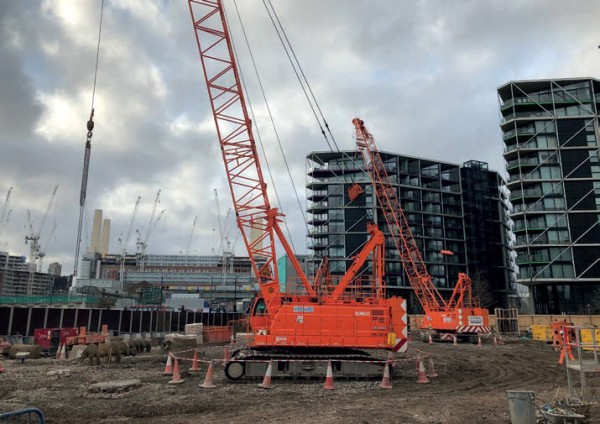
Expert Team and 24/7 Operations
Radha Cranes is backed by a highly experienced team of crane operators, site supervisors, and project coordinators who bring deep domain expertise to every job. The company emphasises strict safety protocols, strategic lifting plans, and responsive coordination to minimise risk and downtime at the site.
“Our team works around the clock to support mission-critical industries such as wind energy, rail transport, and shipbuilding,” says Mr. Karthick, Managing Partner at Radha Cranes. “We’re proud to provide 24/7 crane rental services across Chennai and nearby regions to ensure that our clients’ operations continue without interruption.”
Key Industries Served
Radha Cranes has extensive experience serving several high-demand sectors, including:
- Infrastructure and Construction
- Energy & Wind Power Projects
- Shipbuilding and Dockyards
- Railway Infrastructure
- Oil and Gas Refineries
- Heavy Engineering
- Factory and Industrial Plant Maintenance
- Shutdown and Emergency Services
From metro construction to turbine lifting, Radha Cranes continues to meet the specialised requirements of each sector with professionalism and advanced equipment.
Certified & Compliant: ISO 9001:2008
Radha Cranes holds the ISO 9001:2008 Certification, affirming its world-class standards in quality management and operational excellence. This international certification adds to its portfolio of key credentials:
Udyog Aadhar – Recognizing MSME excellence
GST Registered – Fully tax-compliant business entity
Provident Fund (PF) – Supporting employee welfare
Employees State Insurance (ESI) – Ensuring workforce health coverage
CRISIL Verified – Financial credibility and operational integrity
Working Towards Advanced ISO Certification – Continuous improvement and global compliance
These certifications make Radha Cranes a trusted and verified partner for high-value and compliance-sensitive projects.
About Radha Cranes
Radha Cranes is Chennai’s largest and most reliable crane rental company, offering superior lifting solutions since 1996. With a diverse fleet of imported cranes and a dedicated team of professionals, the company delivers industry-leading services across infrastructure, energy, shipbuilding, railways, and industrial sectors. Whether it’s a single-day lift or a long-term contract, Radha Cranes combines precision, safety, and innovation to meet the most demanding lifting needs.
Contact Radha Cranes
Administration Office:
#31, V N Doss Road, Mount Road, Chennai – 600 002
Works Office:
#393, C.T.H Road, Avadi, Chennai – 600 054
Contact Numbers:
Mr. Karthick – +91 99621 99662 / +91 98846 18989
Mr. Chandramohan – +91 98843 97741
Office Landline – +91 44 3554 1345
Email:
karthickcranes@gmail.com | karthick@radhacranes.com
Website:
Media Contact
Organization: Radha Cranes
Contact Person: Radha Cranes
Website: https://radhacranes.com/
Email: Send Email
Country:India
Release id:27720
The post Radha Cranes Reinforces Leadership as Chennais Largest Crane Rental Provider with Superior Services and Expansive Fleet appeared first on King Newswire. This content is provided by a third-party source.. King Newswire makes no warranties or representations in connection with it. King Newswire is a press release distribution agency and does not endorse or verify the claims made in this release. If you have any complaints or copyright concerns related to this article, please contact the company listed in the ‘Media Contact’ section
